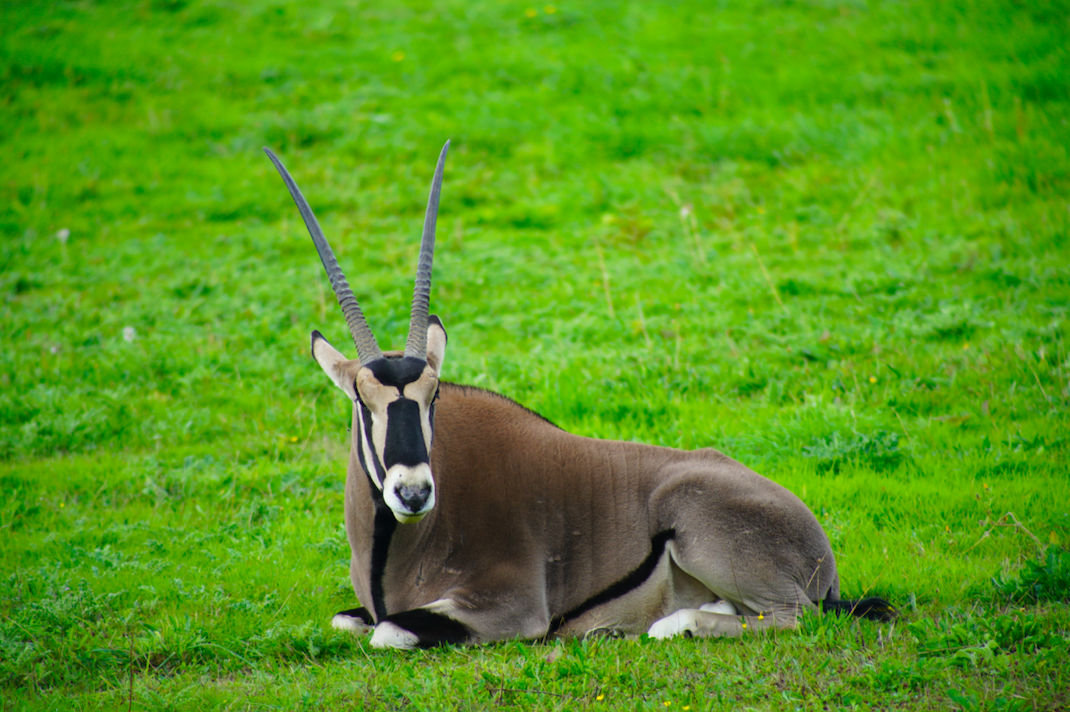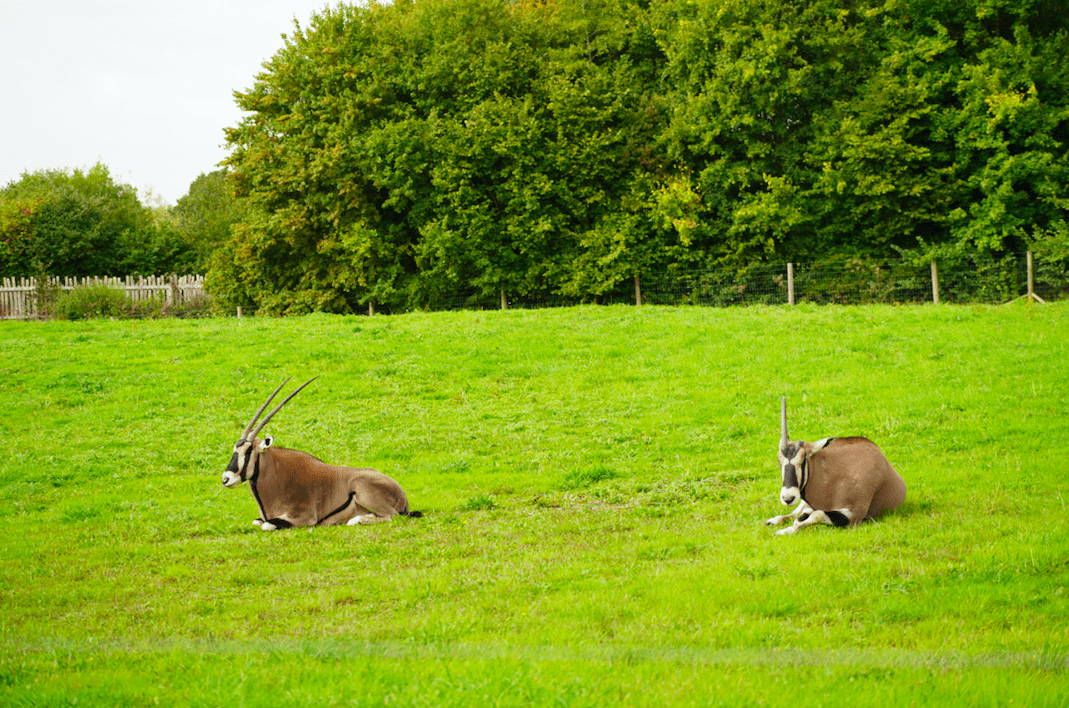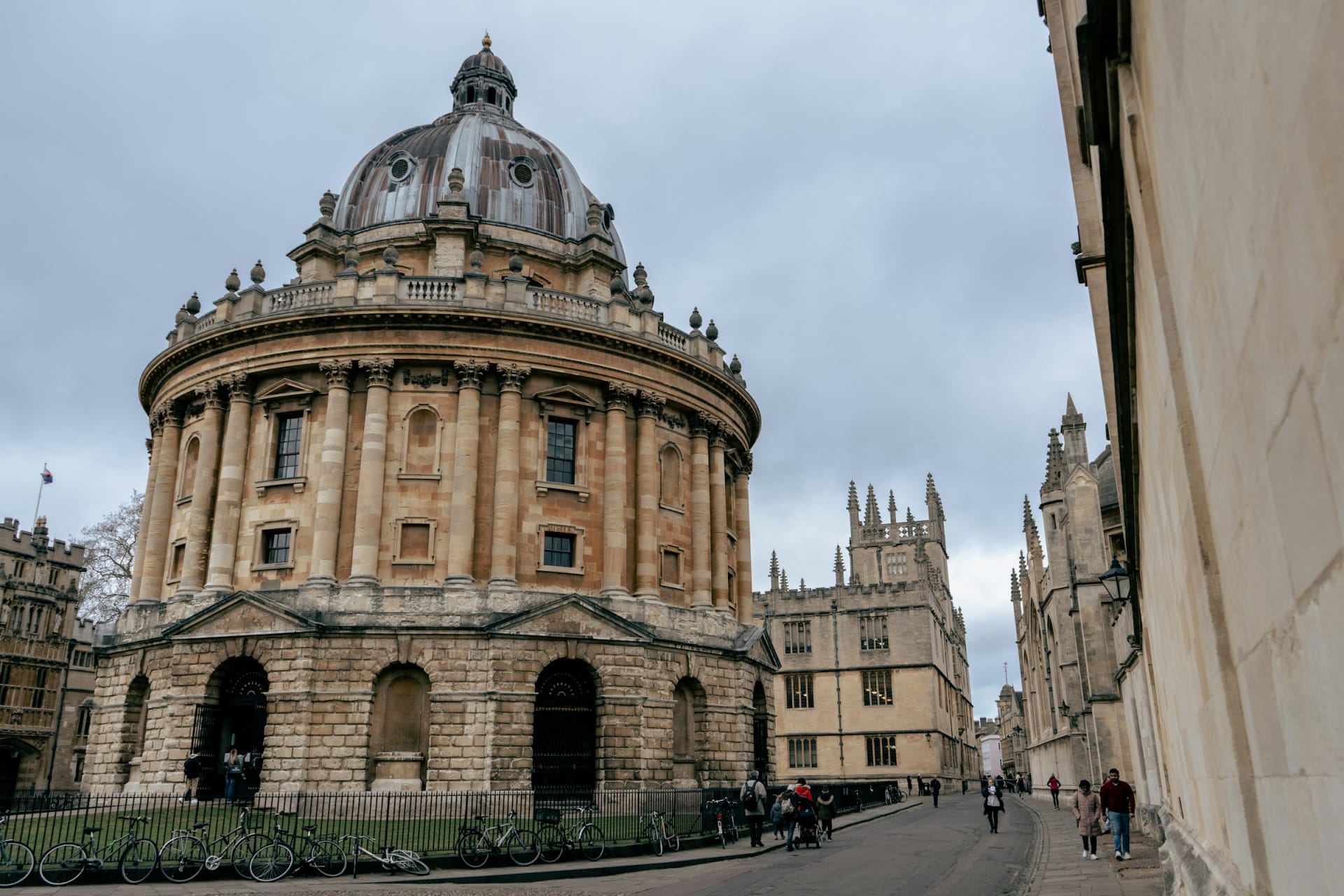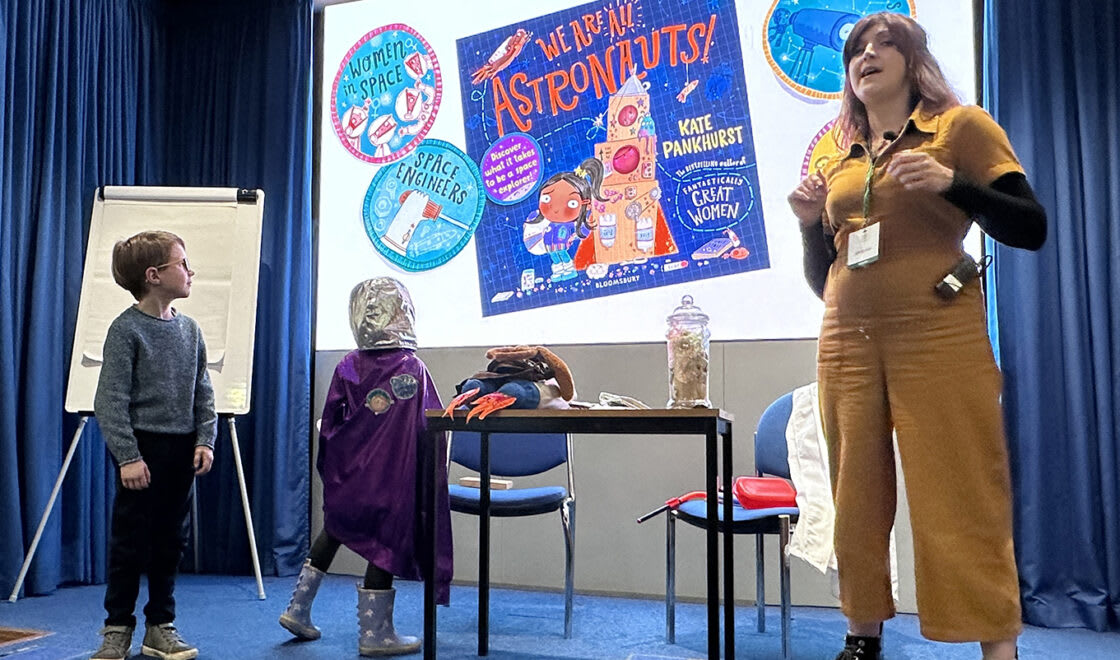Marwell Zoo recently welcomed two Endangered beisa oryx making it the only zoo in the UK where this rare animal can be seen.
Both of the new arrivals, Shango and Nago, are male but it is hoped that in time females can be brought in with a view to breeding as part of the EEP breeding programme*.
Oryx are members of the antelope family and are well adapted to living in arid areas; in fact, they can live for several weeks without drinking water. Both the males and the females have horns, but only the males use them to fight for mating rights. Both males and females use their horns to defend themselves from predators and establish hierarchy.
Beisa oryx numbers in the wild are thought to have declined 52% in the last 18 years from 34,000 in the mid 1990’s to just 16,000-18,000 now.
Formerly widely seen in the semi-arid and arid bushland and grasslands of North-East Africa, the species is now mainly limited to Ethiopia, northern and eastern Kenya, and north-eastern Tanzania.
The species is under threat as a result of hunting and the population continues to decrease in the wild. Conservation charity Marwell Wildlife, who received the Queen’s Award for Enterprise: Sustainable Development in July, owns and operates the zoo.
During November and December, the zoo will be transformed into a magical winter wonderland full of more than 250,000 LED lights for their first ever after-dark light event – Glow Marwell.
Prebooking for both day entry and Glow Marwell is advised. For more information go to marwell.org.uk









